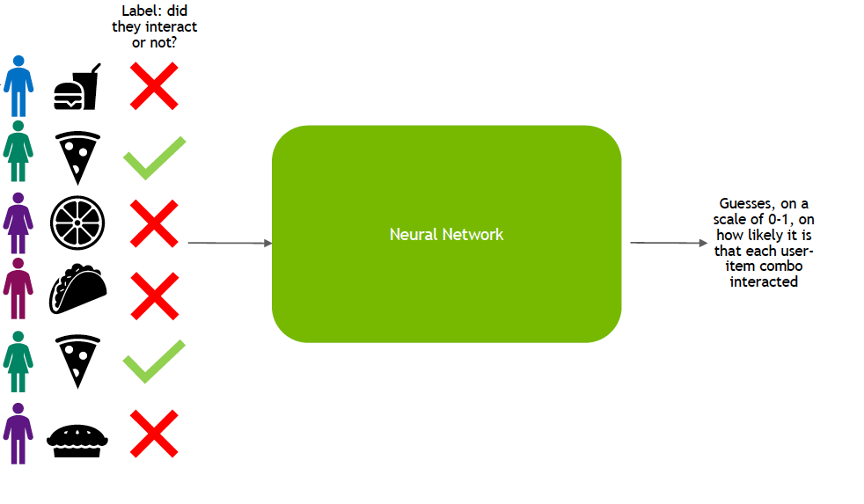Planning a workout that is specific to a user’s needs can be challenging. To help deliver more personalized workout recommendations, University of California, San Diego researchers developed a deep learning-based system to better estimate a runner’s heart rate during a workout and predict a recommended route. The work has the potential to help fitness tracking companies and mobile app developers enhance their apps and devices.
Using NVIDIA GeForce GTX 1080 TI GPUs for both training and inference, with the cuDNN-accelerated PyTorch and TensorFlow deep learning frameworks, the team trained a Long Short Term Memory (LSTM) based model on dataset comprised of more than 250,000 workout records from more than 1,000 runners. This enabled the system to predict the speed and heart rate on a specific future workout time and routes.
Once trained, the algorithm relies on the GPU to generate the recommended route. The system is able to detect hills and obstacles that might alter a user’s heart rate. The tool can also recommend alternate routes for users who are working towards a specific heart rate.
“We achieve this by learning embedded representations from auxiliary information such as user identity, sport type and historical workout sequences, each of which is incorporated into an LSTM based sequential modeling framework, the researchers stated in their paper. “The model is capable of providing high quality prediction on tasks centered around estimating users’ heart rate sequences, such as workout profile forecasting and short term prediction.”
The researchers tested their new algorithm named FitRec-Attn (U/C) against three other models including Windows MLP, Seq2Seq, and DA-RNN. The team found their model outperforms all the others.
The work is still a proof of concept and is not available in a commercial fitness app yet. However, the researchers hope that their tool can be applied to improve fitness recommendation based systems, enabling more complex recommendation algorithms.
The dataset and corresponding code used in this work will soon be released to the public.










